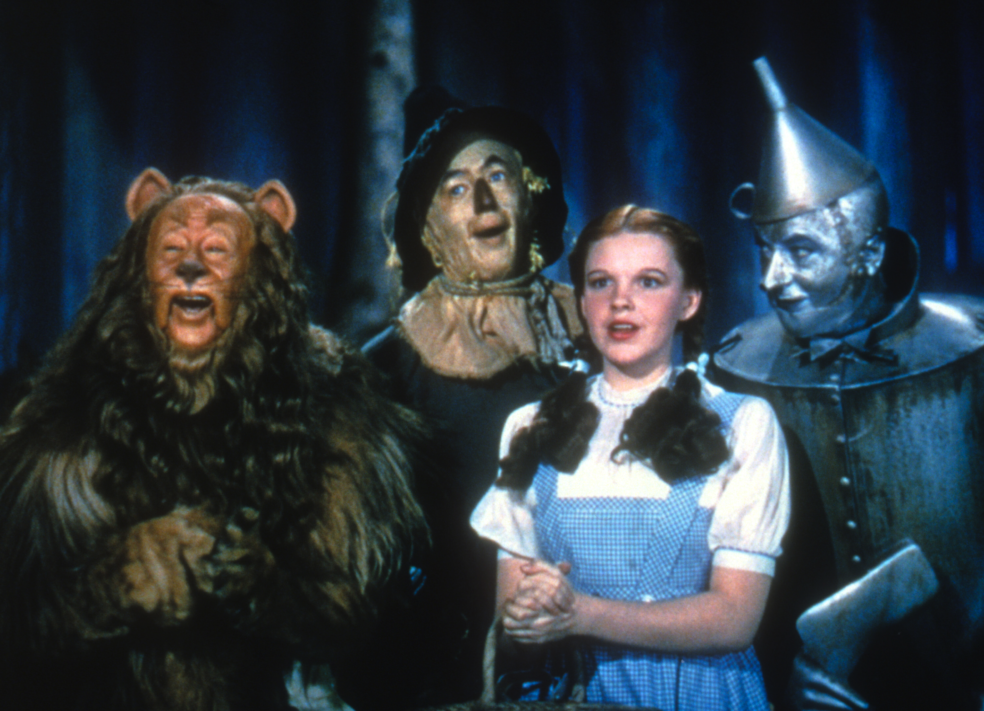“Gesamtkunstwerk,” the term first coined by K. F. E. Trahndorff in 1827 and later taken up by Richard Wagner in 1849, is the word that comes to mind when our Jacksonville Symphony presents me with the opportunity to conduct the score to a film.
The term is translated as “total work of art,” or “all-embracing art form” and strives to combine as many disciplines of art as possible to create a total, immersive, gesamt experience. Wagner uses the term in two of his 1849 essays to describe his ideal of unifying all veins of art in theater: music, storytelling, acting, visual design and architecture.
While I do not presume to know what Wagner would think of the progression of art today, there is no doubt that all artists — visual, dance, architecture and music, are striving to create more immersive, relatable experiences by collaborating with other artistic disciplines. When it comes to film, one can surely see how gesamtkunstwerk comes into play. Just as the instrumental scenes of Wagnerian opera have become standard in the concert hall canon, so is becoming the work of John Williams, Hans Zimmer and Michael Giacchino.
This idea is what makes conducting a film score so exciting. It is a complete immersion of all of your senses and all of your wit, as well as a daunting sense of responsibility to honor the creative processes of not just the composer in question, but also the screen writer, director, producers and actor/actresses also contributing their vision to the product. Gone is the luxury of being able to close one’s eyes and drown in the world of Beethoven or Brahms. My eyes, ears and hands must also now integrate the timing of the dialogue, the pacing of the actors and the cadence of the camera shots.
There are many technical factors to consider when presenting a film score. Oftentimes, film scores can be recorded in small chunks and pieced together in post-production if needed. Modern film scoring is becoming increasingly technically challenging for the instrumentalists laying down the tracks. Playing the whole movie down in one take is almost never done when putting the movie together, and yet when presented on stage, we must do just that. It shines a whole new light on the caliber of our stage musicians, their skill and their stamina.
The challenge for the conductor is to ensure that the score aligns with the film and that the orchestra does so musically and expressively. Take, for instance, the famous “Somewhere Over the Rainbow” scene opening “The Wizard of Oz.” Harold Arlen floats the music in ambiguously to set the scene some seconds before the song starts. The score is marked with timestamps and penciled in screen cues so that I may check that when a certain note occurs, Toto catches a treat, to avoid us being in the wrong music when the song begins. Additionally, it is evident that Judy Garland has laid down a beautiful singing track in the studio that is later dubbed. On screen, she focuses more on acting and musing the song. As a result, she does not breathe as deeply to start to sing, making it difficult to anticipate her phrase.
The films we present as part of our Jacksonville Symphony season are edited and re-produced to make this process possible for live musicians and a conductor who did not compose the music. If you come to a performance and can take yourself out of the total experience of film for a second, you will probably see a symphony of wires, possibly headsets, and maybe even the conductor’s monitor, all working to keep the music on track with stopwatches, timers and tempo bars floating across the monitor screen.
Nevertheless, before stepping into the first rehearsal, our musicians will have spent hours reviewing their parts. I will have watched the movie about 100 times, memorized a lot of the dialogue, know exactly when Toto is about the jump out of a basket, and precisely where Judy Garland stretches the word “rainbow.” The toil is worth it to present the work in its utter, gesamt completeness.
By Deanna Tham, Assistant Conductor for the Jacksonville Symphony and Principal Conductor for the Jacksonville Symphony Youth Orchestras


